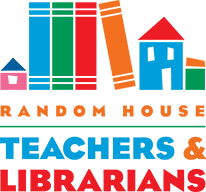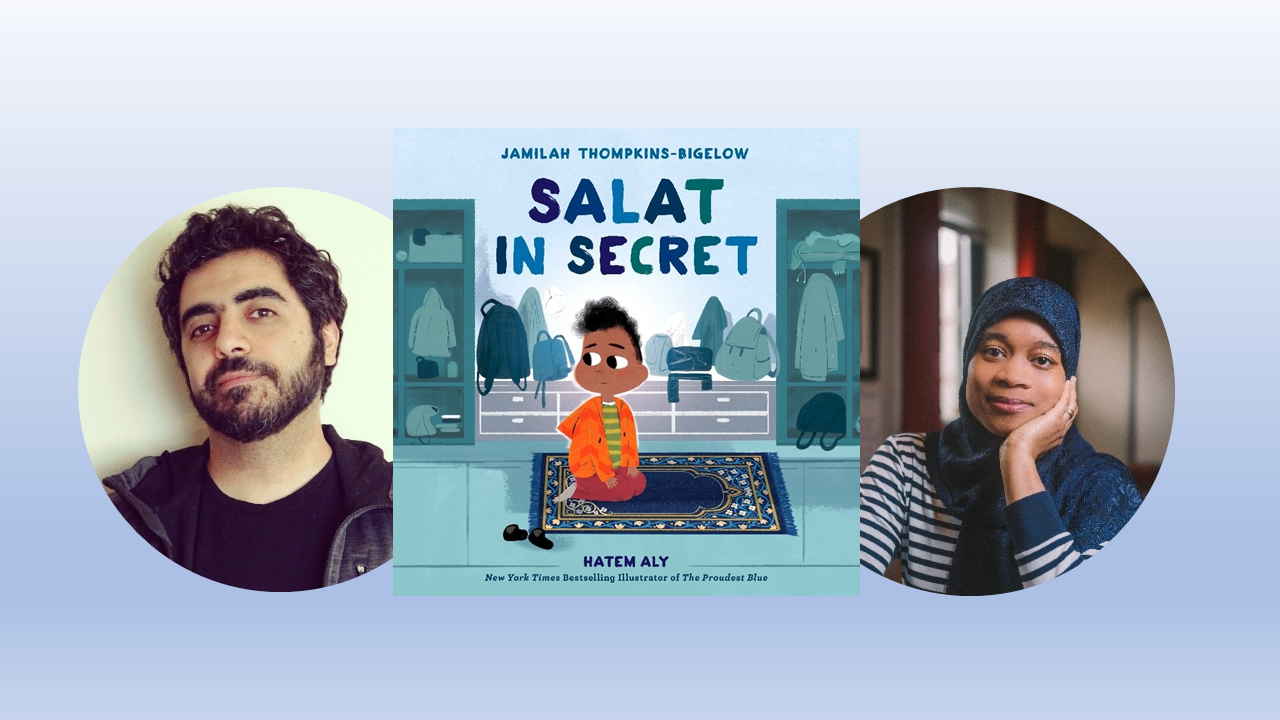Fresh Voices: Q&A with Gabe Cole Novoa, author of The Diablo’s Curse
"A fast-paced tale full of demons, queer kids, and pirate treasure." —The Bulletin
"A tumultuous and romantic adventure." —Kirkus Reviews
What are you currently reading?
I’m currently reading The Will Darling Adventures by KJ Charles! It’s a queer Adult Historical series and I’m on the third book, Subtle Blood. It’s been a lot of fun to listen to while I work on my latest crochet and knit projects.
What inspired you to write The Diablo’s Curse?
I had so much fun writing Dami in The Wicked Bargain that writing them as the star of their own book felt like a natural next step. I’d left some loose ends for Dami at the end of The Wicked Bargain that gave me material to work with, but it wasn’t quite enough for a full plot I was happy with. At the same time, I’d wanted to write some kind of heist or adventure book in which the protagonist badly needs help from someone they’ve wronged—and it occurred to me this kind of setup would work well with Dami, given the number of demon deals they’ve made. With those two elements in place, the rest of the plot fell into place!
What was the most difficult part about writing the book? What part was the easiest?
The Diablo’s Curse was one of the most difficult books I’d written in a long time, which really took me by surprise! I don’t have a definite explanation, but some books flow really easily while you’re writing while others you have to fight for every word—and The Diablo’s Curse was the latter (which isn’t to say I didn’t enjoy writing it—it was just a challenge!). I think one of the more difficult elements was getting the balance of what exactly happened on the island right. There were a lot of changes from first draft to last there, from characters removed, to scenes fully re-written, to other elements cut entirely and replaced with new ones. Ultimately, I’m very happy with where we landed, but it took a lot of careful revisions to get it right.
As for the easiest…somewhat hilariously, one of the very first scenes I wrote was the short scene where Dami meets a horse named Carrot. I don’t know why this scene came to me so vividly (and before I’d really even started drafting!) but it came out near-perfectly and went through very few changes, if any, from first draft to last!
What element of the story do you identify with the most and why?
At the beginning of The Diablo’s Curse, Dami is someone who has been made to feel monstrous and undeserving of love. Sadly, this is an experience shared by a lot of queer people, particularly during eras where queerphobia is on the rise in mainstream media and politics, like it is today. As a trans person surrounded by truly horrifying dehumanization of trans people from politicians and waves of online trolls alike, the experience of feeling undeserving of good things because of internalized toxic messaging was one I was all-too familiar with when I began writing The Diablo’s Curse. In many ways, Dami’s story in which they overcome the lies they’ve heard about who they are, and accept that they’re worthy of love, friendship, and loyalty was healing to write.
What do you want kids today to take away from this story?
I love writing marginalized characters as heroes of an adventure where their queerness isn’t called into question because all types of people can be heroes! Whether it’s a search for cursed pirate treasure, a world with magic and dragons, a futuristic adventure on a spaceship, or a cozy love story, there isn’t any genre in which queer people don’t belong. I hope The Diablo’s Curse helps more queer, trans, and Latinx kids see themselves as heroes capable of having adventures—and I hope it helps present a world they deserve, a world in which who they are isn’t a source of conflict, and instead is accepted as a beautiful and intrinsic part of them.
Why did you choose to write historical fiction for both THE DIABLO’S CURSE and THE WICKED BARGAIN? What about this time period is important to these stories?
One of my favorite parts of writing queer historical fiction is I get to help rewrite the incorrect—but common—narrative that queer people are a “new phenomenon.” Though historical queer people have often been erased and straightwashed, queer people have been here since the beginning of time, and I love writing stories that highlight that reality. There isn’t a single time period where queer people don’t belong—because we have always existed, and we always will.











